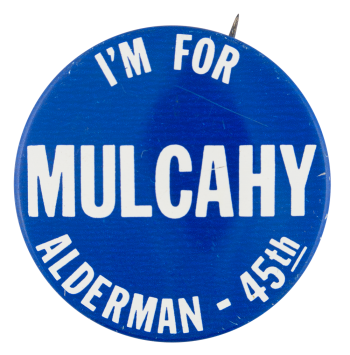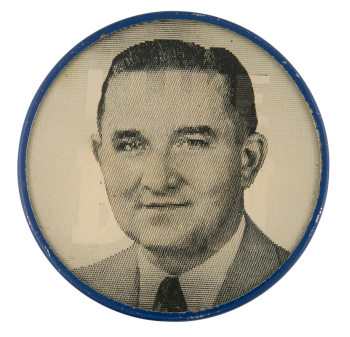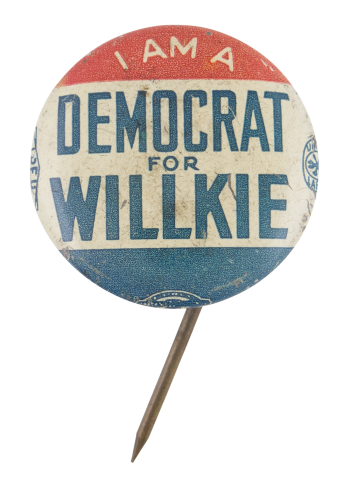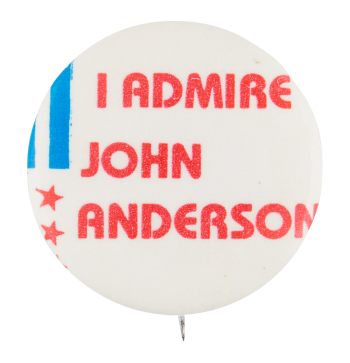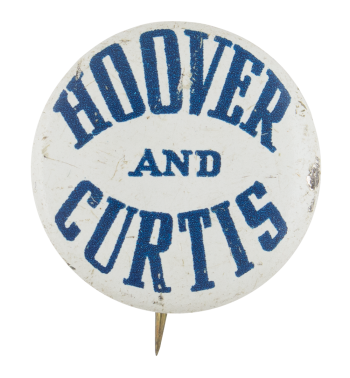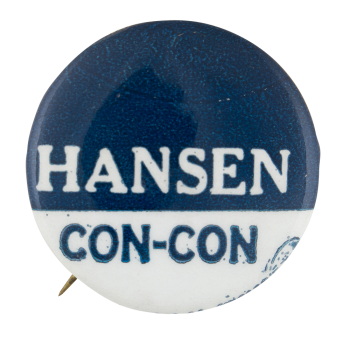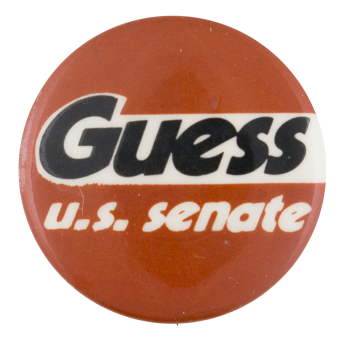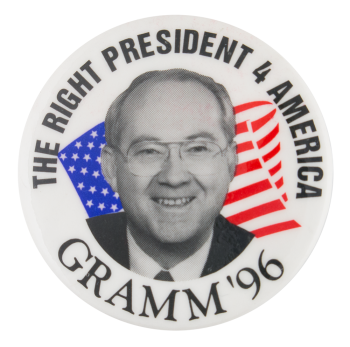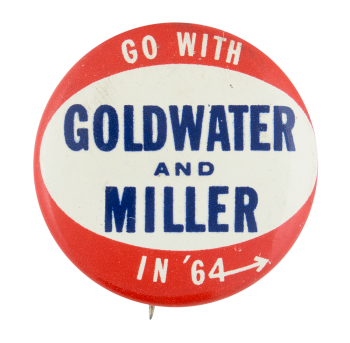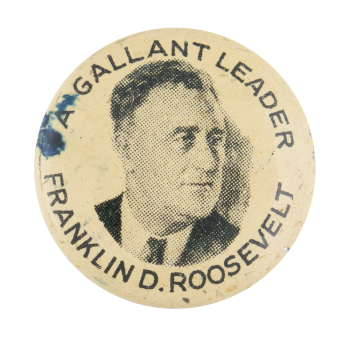I'm for Mulcahy
| Category | |
|---|---|
| Additional Images | |
| Sub Categories | |
| Text on Button | I'M FOR MULCAHY ALDERMAN - 45TH |
| Image Description | White text on a blue background |
| Back Style | |
| The Shape | |
| The Size | |
| Additional Information | Robert Mulcahy was the Democratic candidate for alderman of Chicago’s 45th ward in 1975. He was the chief operations analyst for the city Bureau of Streets and served for three years as president of the Edgebrook Community Association. The Chicago Tribune officially endorsed Mulcahy as their pick for 45th ward alderman. He lost the election, but ran again in 1979. He only received 20% of the vote and lost to Democrat Richard Clewis. |
| Catalog ID | PO0417 |

